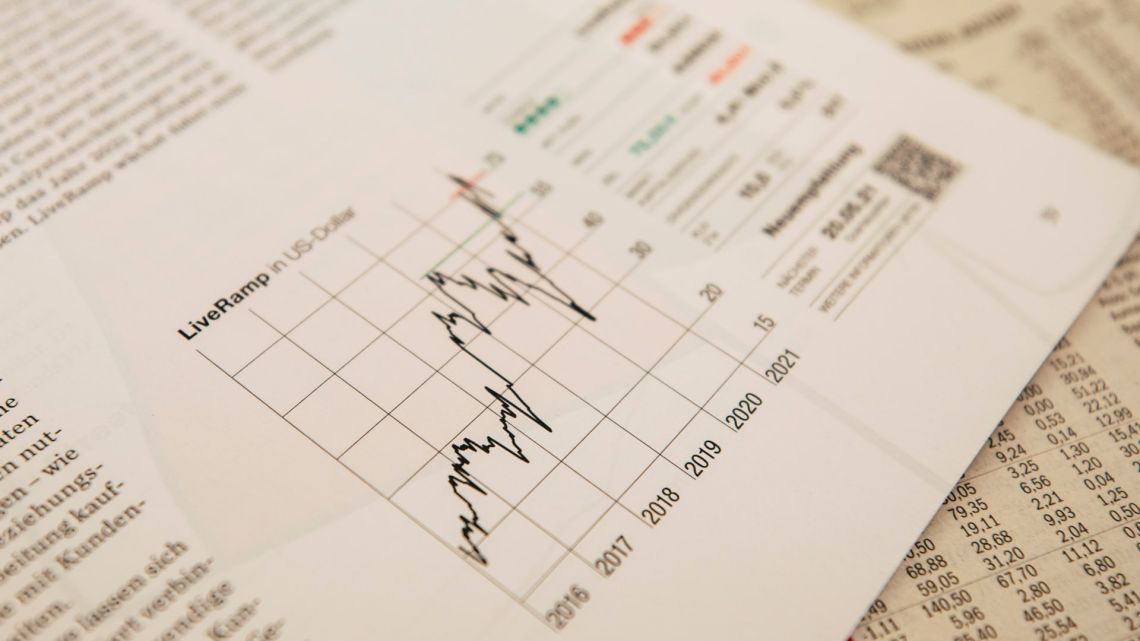
Losses on long-term bonds have dealt a blow to Wells Fargo Investment Institute following a surge in yields. Recent price drops were driven by rising yields, with the rate on the 10-year Treasury note peaking at a 16-year high earlier this month.
Despite these challenges, Wells Fargo Investment Institute remains optimistic about long-term fixed income and continues to favor duration. According to Luis Alvarado, global fixed income strategist at the institute, current yield levels present potential opportunities for dollar-cost averaging.
The recent significant increase in U.S. Treasury yields can be largely attributed to the Federal Reserve's commitment to maintaining higher interest rates for a longer period. As stated in the note, the likelihood of rate cuts seems quite slim. However, fixed-income portfolios could still benefit if an economic recession occurs, leading to potential rate cuts by the Fed in 2024. Such a scenario would drive up prices on long-term bonds, thereby improving performance.
Alvarado highlighted that throughout the past five cycles of Fed rate hikes, long-term yields generally peaked prior to the end of the tightening cycle. This historical trend suggests that investors should remain cautious but optimistic.
The current yield on the 10-year Treasury note BX:TMUBMUSD10Y is down about 16 basis points on Tuesday, settling around 4.65%, according to FactSet data at last check. Meanwhile, two-year yields BX:TMUBMUSD02Y have dropped 11 basis points, reaching approximately 4.97%.
In summary, while long-term bonds have faced recent setbacks, Wells Fargo Investment Institute still finds them appealing. The potential for dollar-cost averaging and the historical precedents of peak yields before the end of tightening cycles make long-term fixed income a favorable option.
Bear Steepening: Long-Term Yields on the Rise
The yield curve inversion has been a topic of discussion in the bond market recently. However, there has been a noteworthy phenomenon called "bear steepening" where yields on longer-duration Treasurys have actually risen.
According to Alvarado, a bond expert, this bear steepening indicates that yields on the long end of the curve have been moving higher, resulting in lower prices. At the same time, yields on the short end have remained flat, creating a steeper curve.
Wells Fargo analysts believe that this trend of rising long-term yields is likely to continue for several reasons. They point to increased Treasury issuance, rising debt levels, higher debt costs, some political dysfunction in Washington, and the resilience of consumers.
With rising yields, exchange-traded funds that invest in long-term bonds have taken a hit. However, on Tuesday, as yields retreated slightly, shares of the iShares 20+ Year Treasury Bond ETF (TLT) and iShares 10-20 Year Treasury Bond ETF (TLH) experienced a minor decline in afternoon trading. These ETFs had seen a significant rise on Monday when the bond market was closed for Columbus Day.
Investors are closely watching the situation as the bond market continues to see fluctuations. For now, the prospect of higher long-term yields remains a concern for many.
- ‘It’s been a bloodbath’: Long-term bond ETFs deepen losses after hotter-than-expected jobs report
- How 10-year Treasurys could produce 20% returns, according to UBS













Write Your Comment